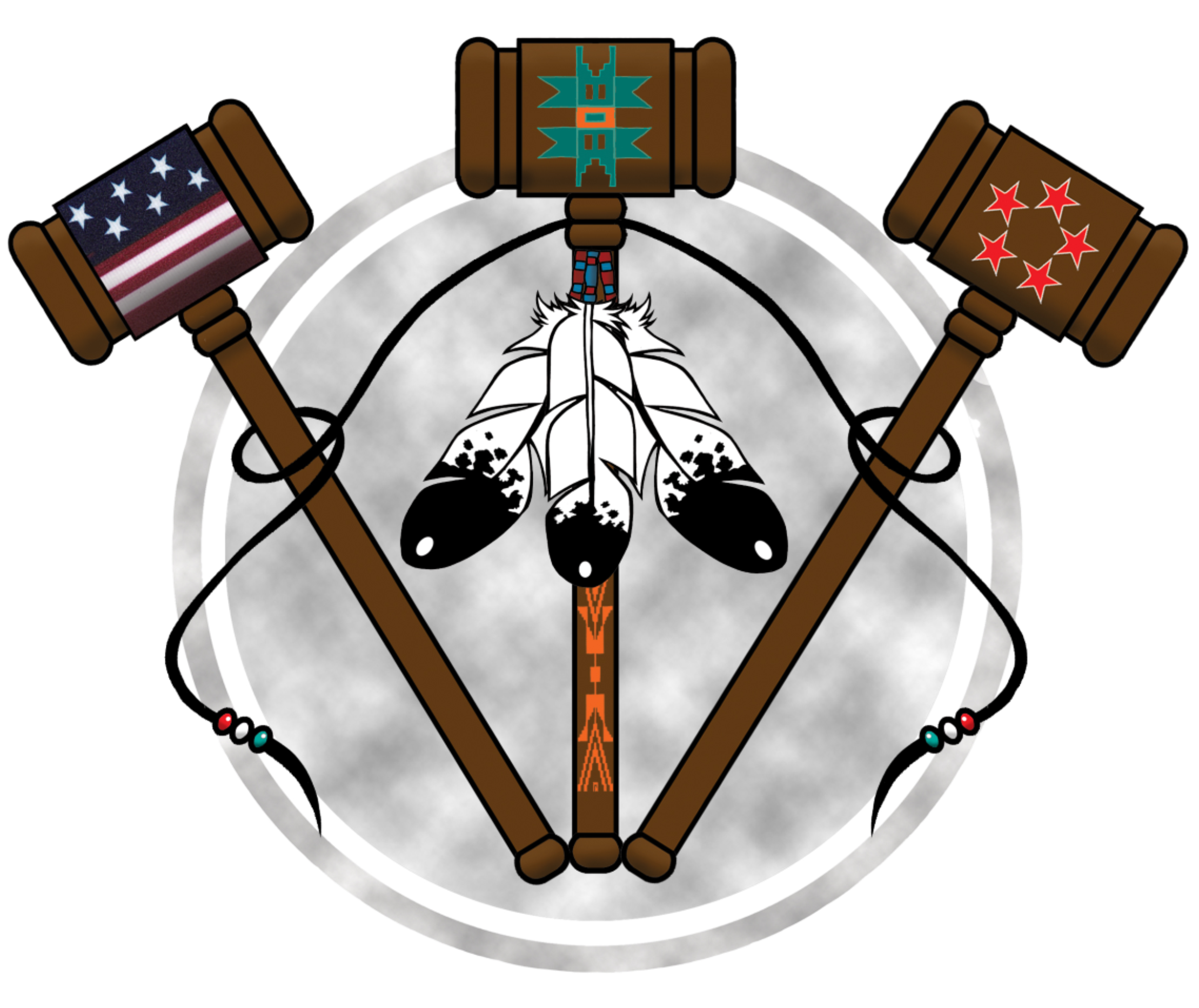Collaboration Spotlight: Circle Sentencing in Alaska
The Alaska Supreme Court has adopted two rules – Criminal Rule 11(i) and Delinquency Rule 23(f) – which authorize judges to refer cases to tribes and other entities for recommendations as to the appropriate sentence or disposition.
Retired Superior Court Judge Eric Smith was asked by the Court to implement these rules. He chose to do so in large part by working with tribes to sign an agreement, called a Plan, by which the tribe and the court system agree to a formal and binding procedure by which the referral process will occur. He chose this approach because he wanted to institutionalize the process, rather than relying on the willingness and availability of a particular judge to refer cases to tribes. In furtherance of this goal, he developed a template which has been approved by the court system (including then Chief Justice Fabe) to show to the tribes as a possible approach.
The basic model is as follows: i) the tribe will monitor the calendar on the Web and notify the relevant court that it is interested in a particular case; ii) the court will send the relevant documents to the tribe; iii) the tribe will look over the paperwork and if it decides to get involved in that case, it will notify the court that it wants to conduct a “proceeding” as to that defendant (generally a circle, but the term is purposefully broad since different tribes have different practices); iv) once the defendant is convicted, the court will refer the matter to the tribe if the parties agree and will set sentencing out long enough for the tribe to conduct the proceeding; v) the tribe will conduct the proceeding and let the court know the outcome, which will be a formal recommendation to the court as to the sentence or disposition; vi) the court will carefully and respectfully consider the recommendation and impose sentence.
Thus far, the court system has signed formal Plans with a number of tribes, including the Sun’aq Tribe of Kodiak, Qagan Tayagungin Tribe of Sand Point, Kenaitze Ts’ilq’u Circle, Togiak, Shishmaref, Solomon, Chickaloon, Nikolai, Nulatto, Mentasta, and Kluti Kaah tribes, as well as the Tlingit-Haida Central Council, the Hmong Center of Alaska, and the Polynesian Community in Anchorage. The court system has also developed a set of forms that the tribes can use for filing the notifications and sentencing recommendations discussed above. These can be found at http://courts.alaska.gov/rjp/index.htm.
A number of other tribes are also actively considering participating in this program.
For further information, Judge Smith can be contacted at esmith@akcourts.us
